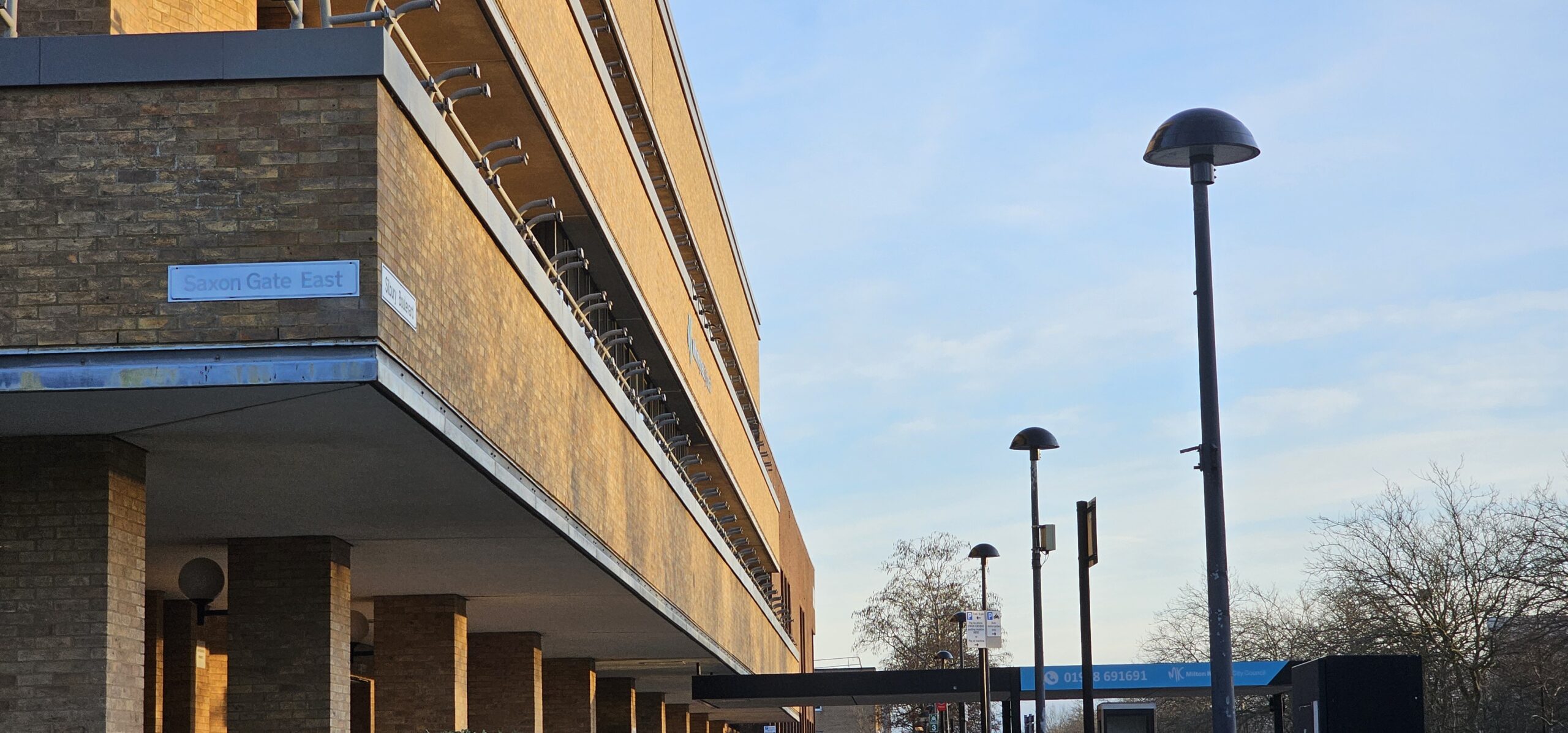
- Upgrade of 18,000 public lights across the city to deliver greater energy efficiency, reduced costs and maintenance, and better experience for citizens and visitors.
- Lighting upgrade is expected to save 5 million kWh annually in energy consumption and significantly reduce maintenance costs.
- The lighting upgrade is a major step in the council’s sustainability strategy 2019 – 2050.
Signify a world leader in lighting, is supporting Milton Keynes City Council in its long-term vision to create a sustainable city. Signify was selected to upgrade 18,000 existing streetlights to LED – enabling the city to introduce innovation in terms of performance, quality of light, and connectivity to its lighting assets – and contribute to their climate action goals.
The phased programme will be completed in 2024 and is expected save the council over 5 million kWh in energy usage, and £2 million in energy costs per year, following completion (based on average and estimated prices 2021-2025), as LED lighting uses up to 70 percent less energy when compared to the existing HID lighting. The reduction in ongoing energy costs is expected to pay for the project in full within 8 years. The LED upgrade will also increase visibility for motorists and pedestrians, and improve the quality of security camera footage, helping to improve the feeling of safety and deter criminal activity.
In 2019, Milton Keynes City Council committed to becoming carbon neutral by 2030, and carbon negative by 2050 – steps of which are laid out in their Sustainability Strategy 2019-2050. They had already kicked off some climate action initiatives prior to this. In 2014, Milton Keynes City Council started delivery of the programme to modernise and upgrade its public lighting stock to low-energy LED; to reduce energy costs and carbon emissions, extend the life of its assets, and reduce maintenance and associated costs. Then in 2022, due to the 88% increase in energy prices the council came under further revenue pressure for 2023/24, which led them to expand and accelerate the lighting upgrade programme to enable them to operate in the most cost-efficient manner.
Signify was selected as the lighting partner of choice based on several parameters. The technical specification of the proposed lighting solutions, the projected operational and energy cost savings, as well as carbon emission reductions. In addition, Signify’s sustainability credentials as a responsible supplier played a large part.
Throughout February and March this year, and forming the main part of the roll-out of the project, a combination of ~18,000 Philips LumiStreet Gen2 and LumiStreet ECO LED lanterns were installed along roads and footpaths across the city – replacing the old, energy inefficient HID lanterns. The Philips LumiStreet ECO was designed to specifically meet the needs of the UK market, and this project sees the first large roll-out across a city. In addition, in December 2023, 1,800 Philips TownTune urban decorative LED luminaires were installed, to improve the lighting across car parks, pedestrian walkways, and cycle paths.
For the installation, the council chose Philips luminaires in combination with Telensa’s cloud-based Central Monitoring System (CMS) that provides a fully functioning, controllable street lighting asset management system, capable of driving further energy savings.
Commenting on the LED upgrade, Cabinet Member for the Public Realm, Cllr Jennifer Wilson-Marklew said “This has been a significant project that will really help us to lower our energy consumption and tackle climate change in Milton Keynes. MK City Council is committed to moving towards our target of net zero by 2030 and being carbon negative by 2050. Reducing our streetlight energy consumption is a big part of that process.”
Milton Keynes City Councils’ service provider Ringway were responsible for the installation and management of the project. They also undertake the management and maintenance of the largest portfolio of highways service contracts in the UK.
“Upgrading to LED technology helps reduce the carbon footprint of public lighting, while also saving on energy and maintenance costs – year on year. The lights are more efficient, can be targeted precisely where needed, and last much longer than conventional lanterns. What’s great is the connectivity that’s enabled with LED – they are programmable meaning they can be switched on only when needed, which extends the lifetime, and reduces the need for maintenance,” said Jonathan Watt from Ringway.












